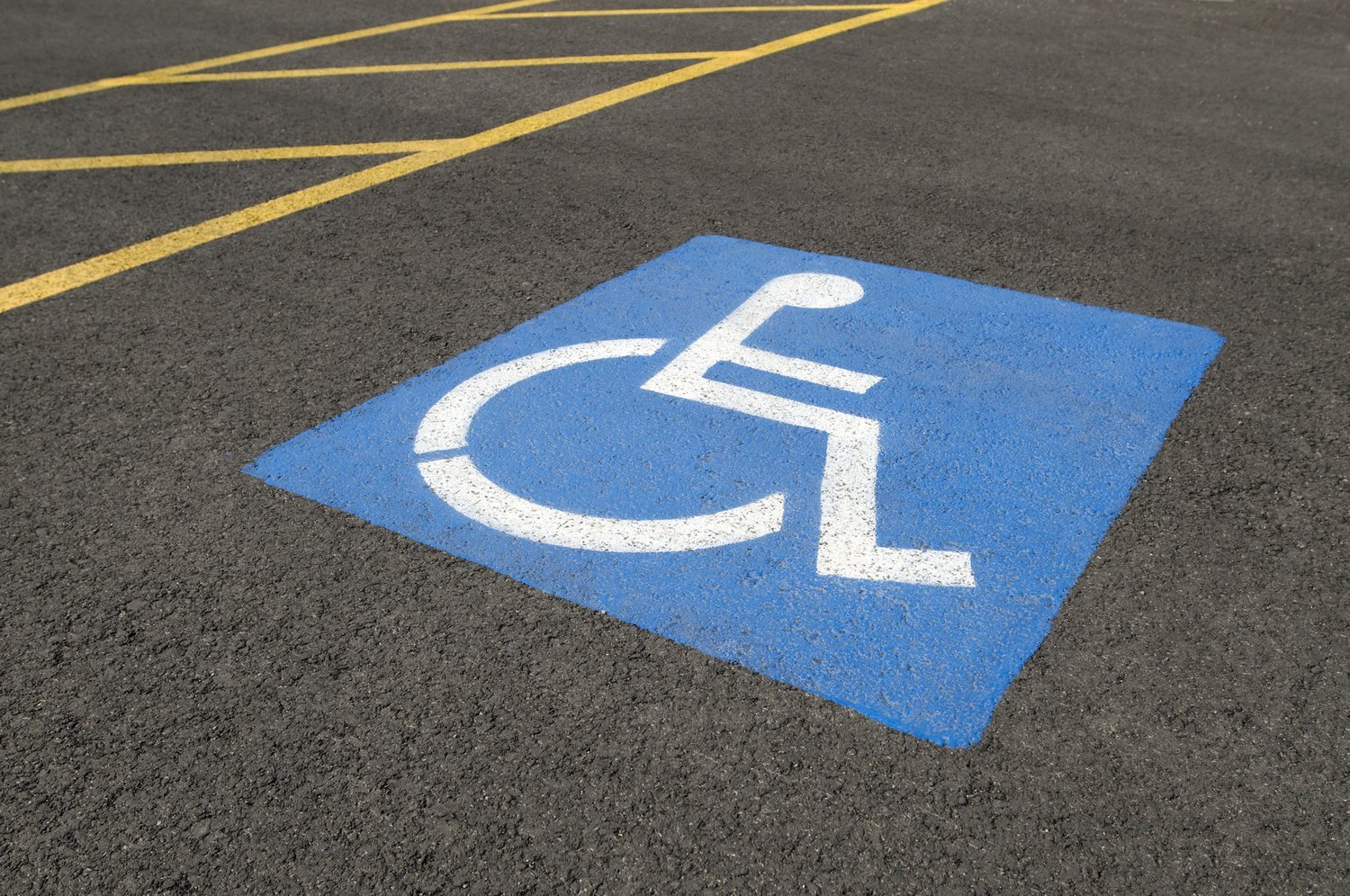How do handicap parking permits work?
Millions of Americans have physical disabilities or health concerns that make it difficult to get around, and handicapped parking spaces help them manage their days with reduced stress – physical and otherwise.
These parking spaces are restricted for use by people who possess a state-issued handicap parking permit. These permits come in two varieties:
- Plastic tags, or placards, that hang from the rearview mirror
- Special handicap license plates
Both display the wheelchair symbol, known as the International Symbol of Access (ISA).
Each state’s Department of Motor Vehicles or similar agency issues handicap permits to people who either have mobility impairments or have other health complications that prevent them from walking significant distances. These permits allow a car to park in dedicated handicap parking spots near the entrance. Many of these parking spaces include extra space for wheelchairs to enter and exit a vehicle, curb cuts, or ramps up to the sidewalk.
Some states or municipalities may offer additional benefits to people with handicap permits such as free parking in metered spaces or government parking lots, or they may opt not to enforce time limits in such parking areas.
Meanwhile, if you do not have a proper handicap parking permit or license plate, it’s illegal to park in a designated handicap parking space. While penalties vary from state to state, violations can accrue fines of several hundred dollars or more, as well as other penalties.


